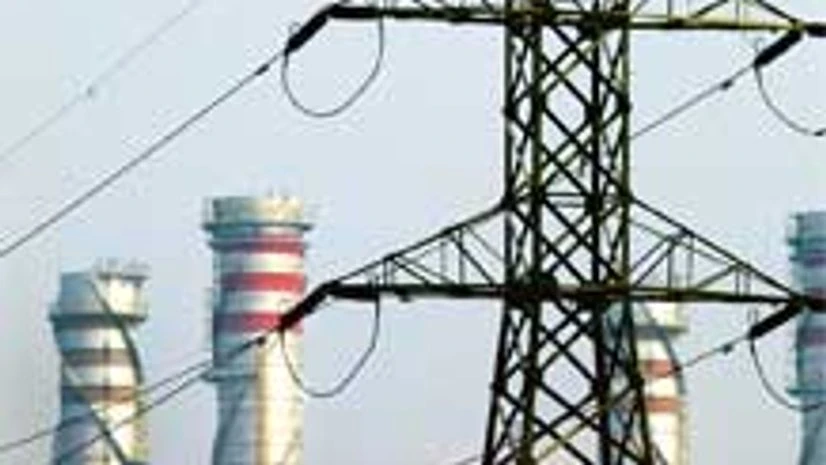They say it takes tiny drops of water to eventually fill an ocean. At a time when the world is questioning the construction of mega dams in the earthquake-prone and ecologically sensitive Himalayas, Yogeshwar Kumar's micro-hydro projects have the potential to do exactly that. In the last three decades, Kumar, an alumnus of Indian Institute of Technology Delhi, has engaged with rural communities to build over 15 micro-hydro plants. Constructed by villagers-turned-barefoot-engineers, these projects are also operated and maintained by them. "Every mountain stream flowing down a gradient is capable of producing some power - and every village community has it in its hands to tap it. In my estimate, every third village in the Himalayas can harness nearby streams and waterfalls to become self-sufficient in power," says Kumar.
Inspiring as the idea may be, it is certainly not new. The first mini hydroelectric project in India commenced back in 1897 in Darjeeling. But what sets Kumar's initiative apart is his emphasis on community involvement and the use of electricity to power rural livelihood projects. "The idea is to enable rural communities to become self-sufficient," he says.
"Although it was hard at the outset to train the villagers, who are mostly illiterate, in power generation, the results have been great," says Kumar. Today, all the plants he has set up in places as diverse as Kargil (Ladakh), Agunda and Budha Kedarnath (Uttarakhand) and Kalahandi (Orissa) are being maintained by locals. Some of these grassroots engineers are now training other villagers. So much so that when last year's cloudburst in Uttarakhand damaged the Agunda project, the villagers ingeniously restored power temporarily by connecting the plant to a newly created waterfall. In the fortnight that followed, when the state grid remained switched off, villagers would trek 20 km to Agunda to recharge their mobile phones.
The power generated doesn't only light up bulbs in rural homes, but can also be used to set up myriad small-scale industries such as weaving, spinning, cold storages, milling of grains and bakeries - especially as the electricity generated is not always used to its fullest capacity. Near Phata in Uttarakhand, I visit a multi-use watermill (which generates power in addition to grinding grain) under construction in Rampur village. Kumar is building this in collaboration with HelpAge India. Dayal Singh and six others have partnered in its construction. "I used to have a traditional water wheel here, but it was very slow. With this new mill, we'll be able to extract oil and grind masalas and foodgrain more efficiently," says Singh.
With the electricity generated, Singh plans to set up a reverse osmosis plant and sell purified water. Plans are also afoot to start a bakery unit. In Phata, where Kumar and HelpAge India trained local women to make felt rugs, the response has been great. "People here keep sheep but throw away the wool. By putting it through an electric carding machine, it can be felted into beautiful and saleable rugs," says Kumar. He feels that micro hydro power can be a significant contributor to the main grid and cites the example of Germany, where individuals generate electricity and sell the surplus to the grid. "Some youngsters in Genwali (Uttarakhand), where we set up a project some years ago, even want to supply power to neighbouring villages," he says. "The potential is enormous."
If these projects have been so successful, why hasn't he built more, I wonder. "It's the lack of funds," says he. At the very minimum, the cost of setting up a micro hydro project is about Rs 1 lakh per kilowatt. To be of any significant use, the plant should have an output of at least 50 Kw. "We raise some capital and villagers contribute the rest, around 40 per cent, by way of labour," he adds. Getting collaborators isn't easy either. Thus far agencies like United Nations Development Programme, Defence Research and Development Organisation, Swiss Development Corporation, International Union for Conservation of Nature, Centre for Environment Education, and, most recently, HelpAge India have pitched in.
After last year's cloudburst, the Agunda plant requires expensive repairs. "My NGO, Jansamarth, had dreamed of making Agunda a zero-carbon village independent of the main grid," says Kumar. "The floods were a grave setback." Kumar is preparing to leave for Agunda again to oversee the repair of the damaged plant. He says, "Hopefully, someday policy-makers will understand the significance of gently harnessing the power of water as we do, without disturbing the hill ecology or the course of the river." His efforts towards restoring power to the people are as yet small, but have the potential to revolutionise rural lives. As he says, "To me, electricity isn't only for lighting; it's the beginning of development of the rural world."
To learn more, contact Kumar on yogeshwarkumar@gmail.com
The Bright Side is a fortnightly column on little-known NGOs. Next up, the story of Goal, a Naz Foundation initiative that uses sports to transform the lives of disadvantaged young women.

)
